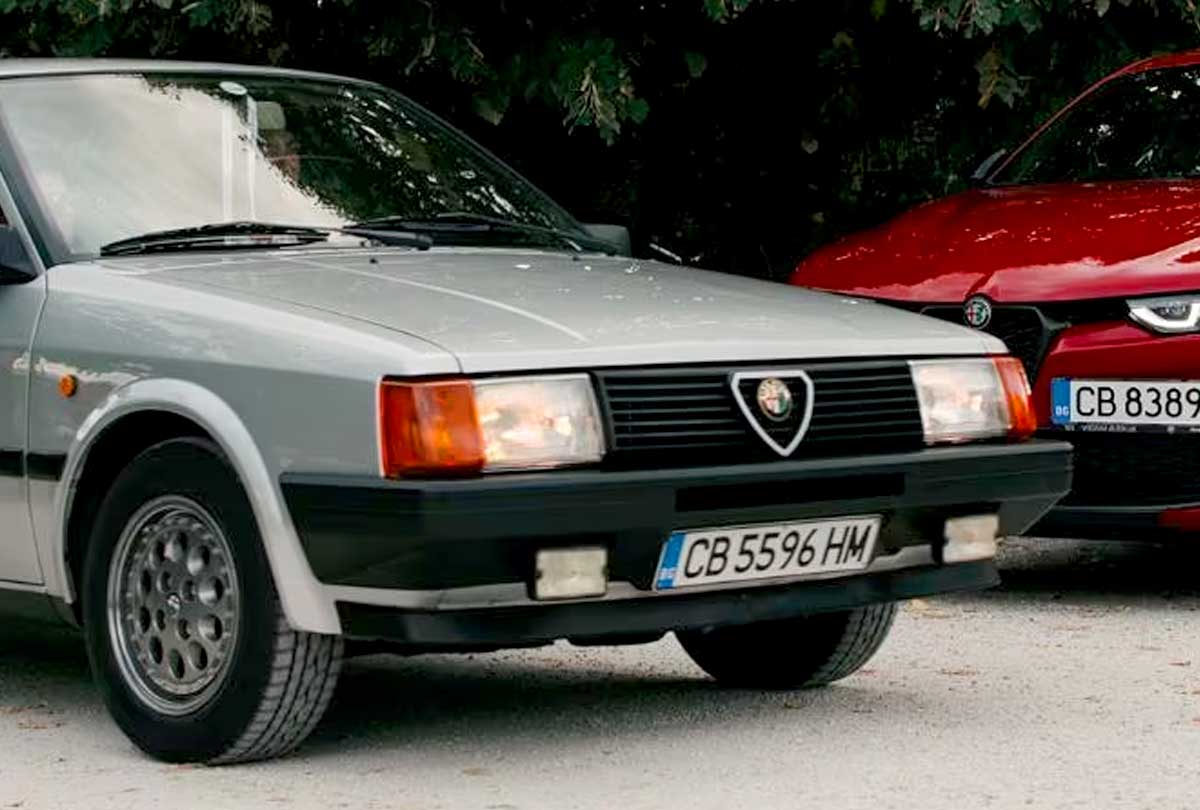
There are chapters that carmakers prefer to leave in the shadows. For Alfa RomeoAlthough Alfa is a brand rich in mechanical masterpieces and sporting icons, one of these chapters has a name: Arna. A model born of an unlikely alliance with Nissan in the early '80s, it was supposed to save Alfa... and ended up being the biggest fiasco in the brand's history.
And yet, today, an Arna is resurfacing in Italy, offered at a price that would almost make even the most passionate Alfistas smile. But before we get to that, let's take a look back at a story that's as fascinating as it is chaotic.
1980: the Italian-Japanese pact to create the ideal compact car
It's October 9, 1980, in Tokyo. Takashi Ishihara for Nissan and Ettore Massacesi for Alfa Romeo sign the creation of AR.N.A. S.p.A. (Alfa Romeo Nissan Autoveicoli). The aim: to design a compact model capable of competing with the Volkswagen Golf and Lancia Delta, at a time when the state-owned Alfa Romeo was suffering financially and technologically.
For Nissan, the agreement was a godsend: a means of entering a highly protected European market. For Alfa Romeo, it was the promise of a reliable, economical and modern model. The result? A hybrid vehicle in every sense of the word: Nissan Cherry chassis, body and finish, Alfasud boxer engine, gearbox, steering and front axle. On paper, the marriage seemed logical. In reality, it was to become a lesson in automotive marketing.
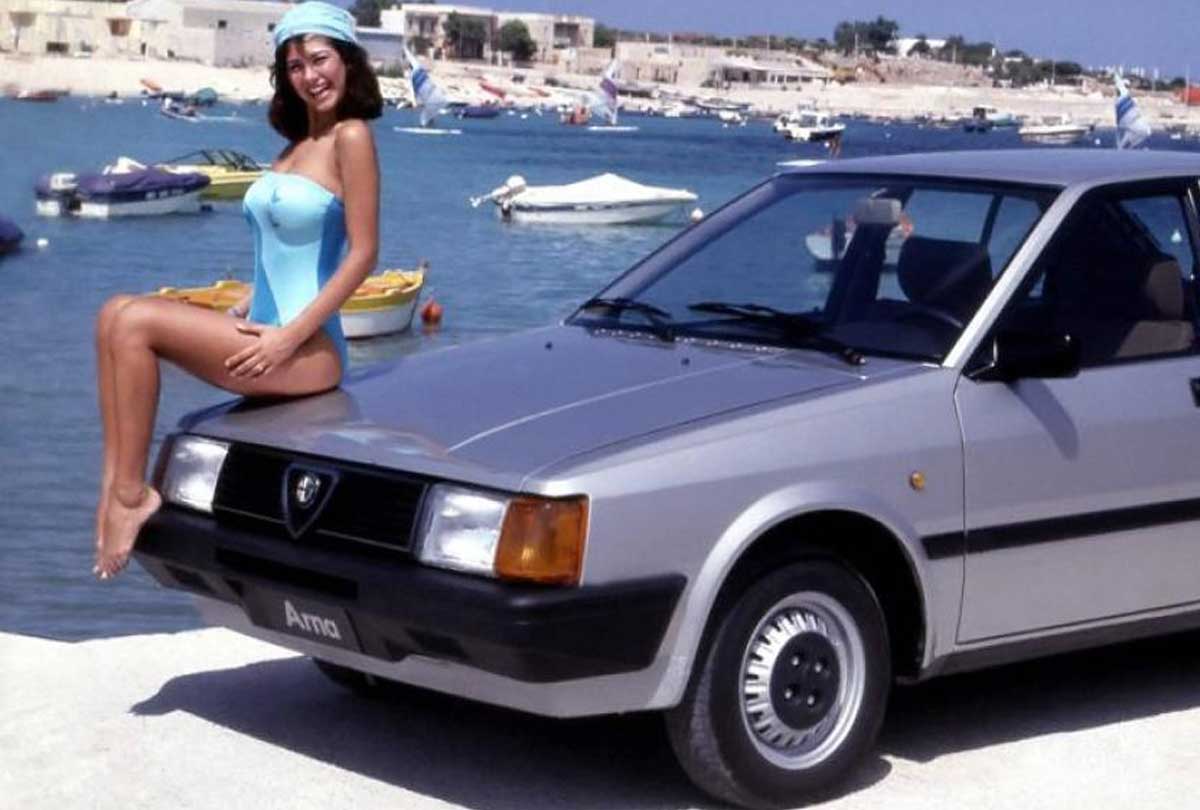

When no audience adopts it
But this combination convinced... nobody. Alfisti scoffed at a model that didn't look like an Alfa, and whose roadholding had nothing of the Milanese sportiness. Japanese car enthusiasts, on the other hand, preferred... to buy a more reliable and better-assembled Nissan Cherry.
As a result, the Arna quickly became a symbol of industrial failure. Between 1983 and 1987, only 53,047 units were produced before the assembly line was shut down. It was such a wreck that the Italian state, via the IRI, found itself financially asphyxiated... paving the way for Fiat's takeover of Alfa Romeo.
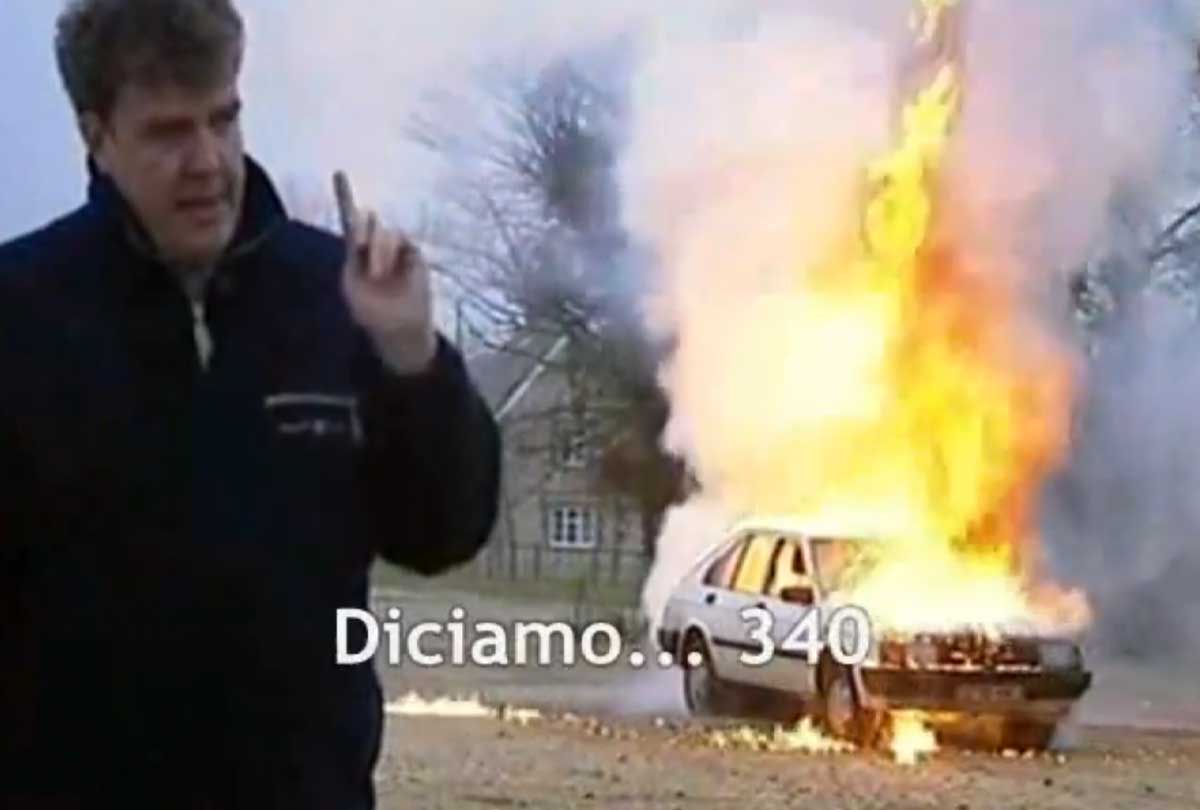
And today? An Arna for sale!
It's this contrast between fiasco and rarity that makes the following ad particularly tasty. On the Italian classifieds site subito.it, a 1984 Alfa Romeo Arna 1.3 TI, located in Bergamo, is offered for sale for €15,000.
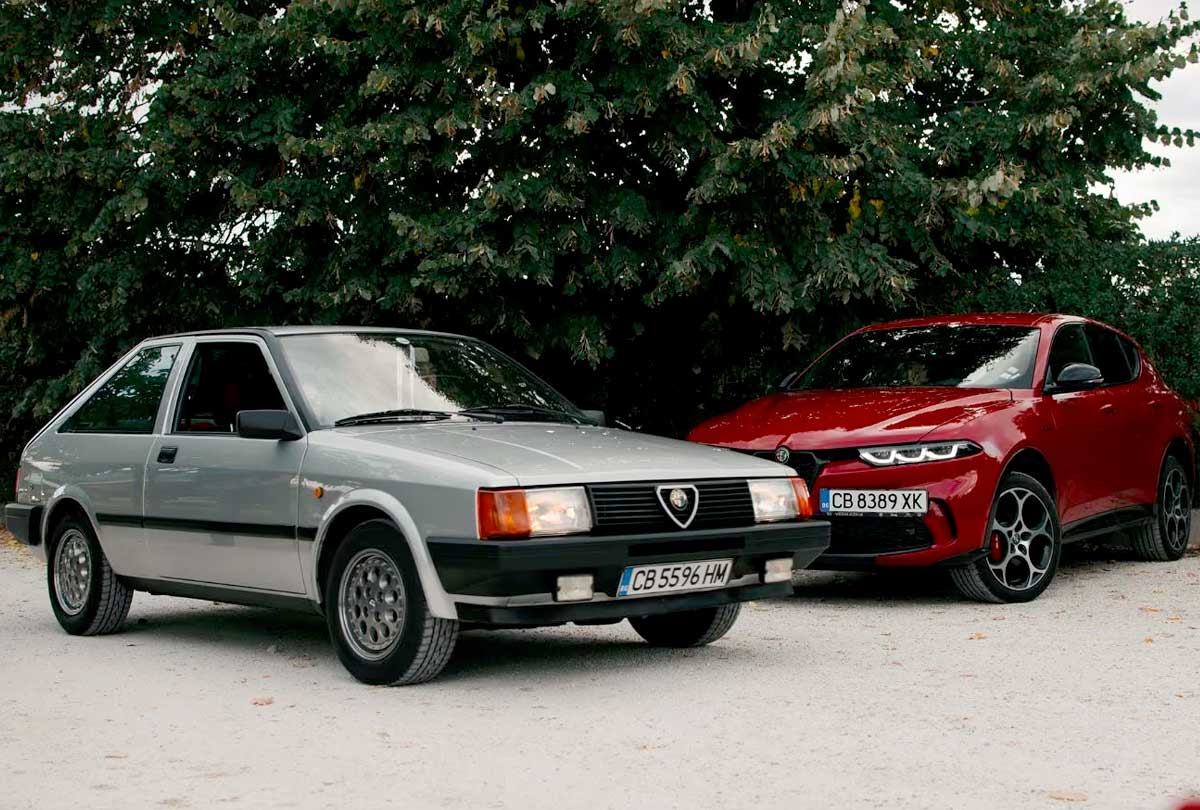
The ad details a particularly rare version:
- one of 200 units destined for the German market,
- 174,000 km,
- original paintwork,
- no trace of rust,
- and comprehensive documentation.
The seller insists that the car is in "excellent condition", which for an Arna is almost a miracle. Just a few years ago, no one would have imagined that an Arna would one day exceed the value of an Alfetta or a 75 in good condition. But the youngtimer market loves paradoxes: the rarer a model is, the more intriguing it is, even when its reputation is disastrous.
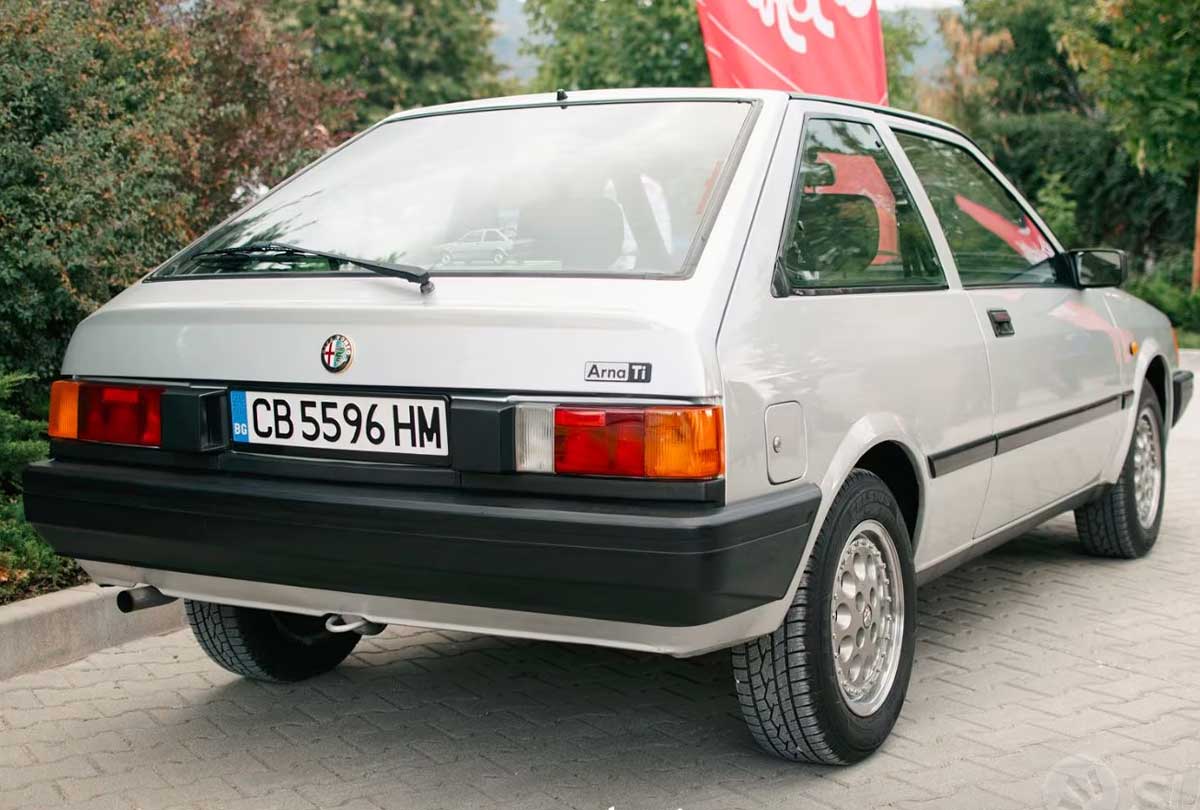
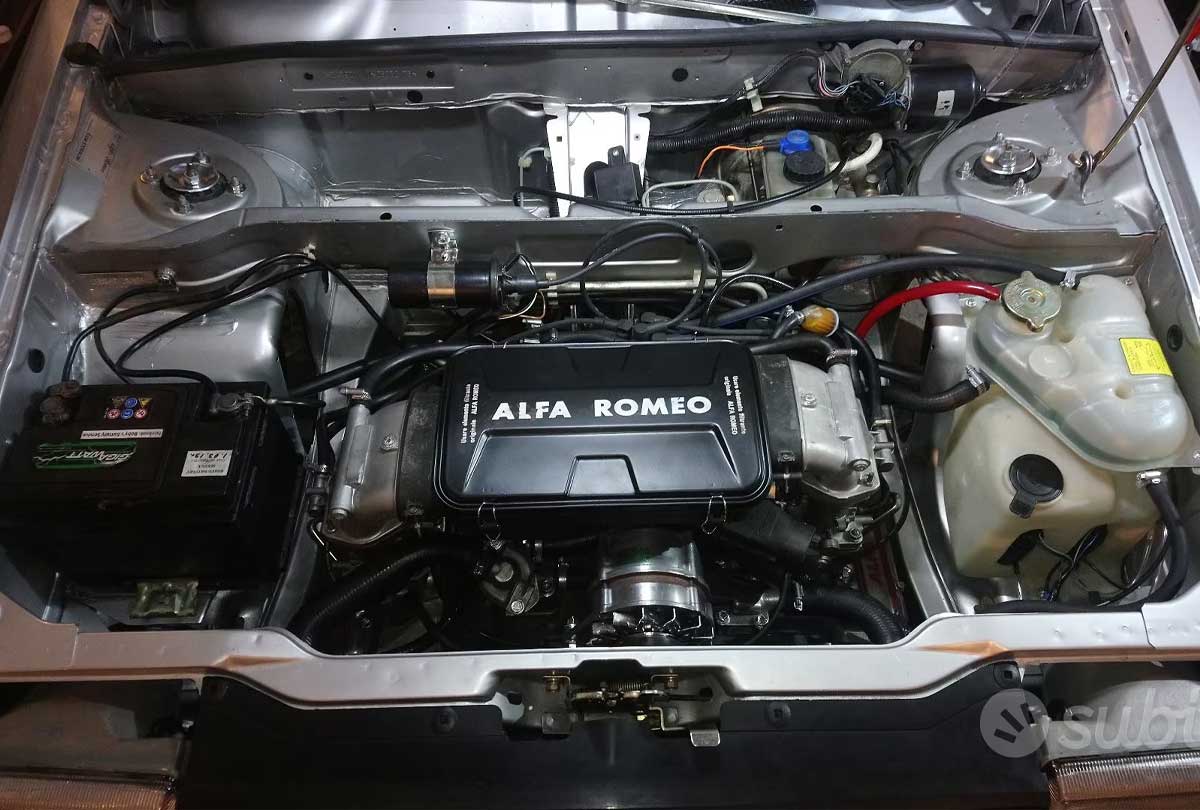
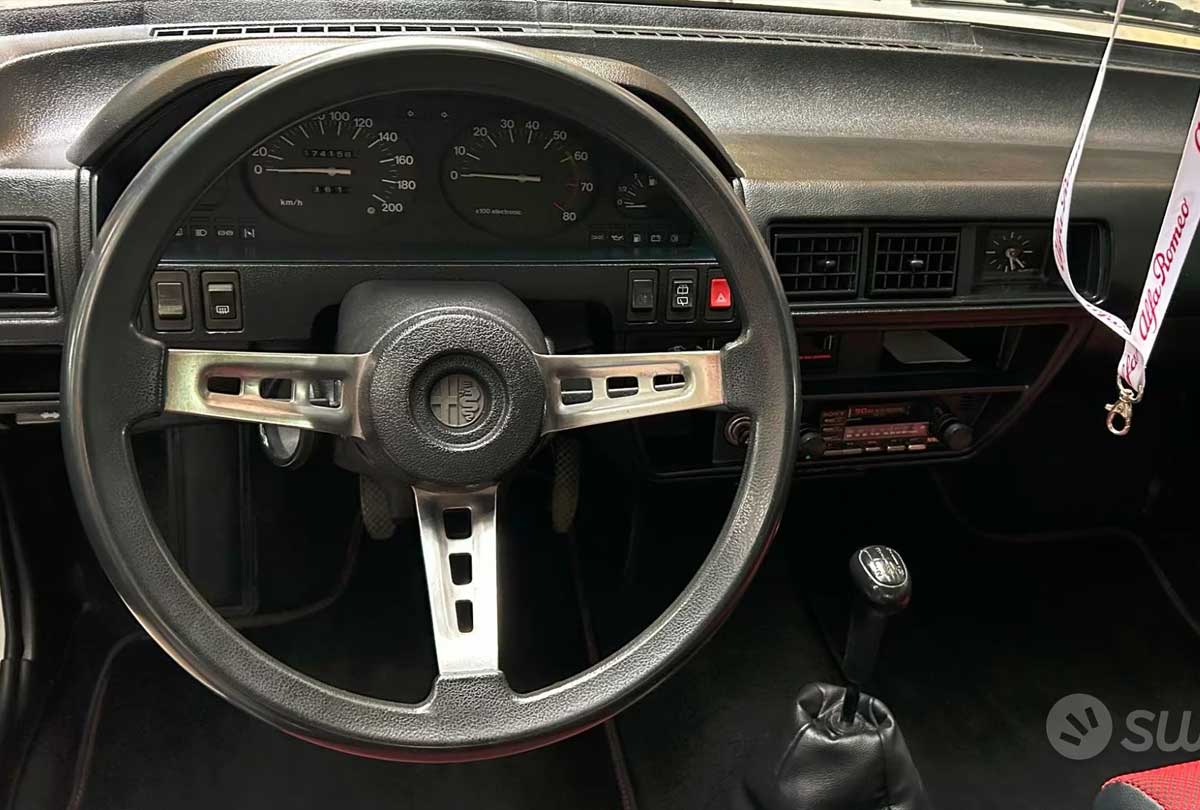
The Arna ticks all the boxes of the unexpected collector: commercial failure, limited production, unique historical narrative, Alfa mechanics, totally offbeat design, and above all, very few surviving examples. What was once a joke among Alfisti has now become a curious piece of automotive history, with a slowly rising price tag.
The Alfa Romeo Arna has become the perfect symbol of what not to do: lose a brand's identity in industrial and political compromises. It is a reminder that the soul of Alfa Romeo - its design, its feel, its character - cannot be artificially grafted onto a base that shares neither philosophy nor style. The Alfa Romeo engine wasn't enough. Nor was the Italian powertrain.


More reliable than a Junior